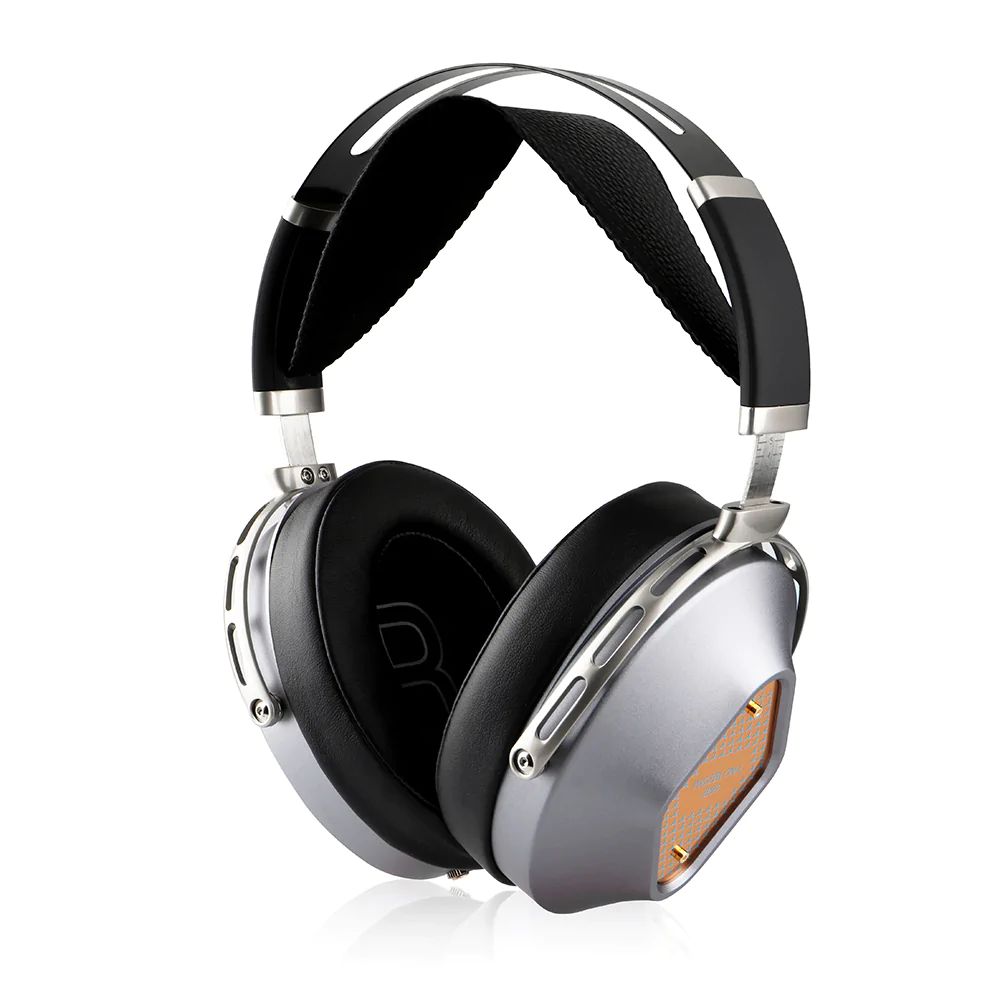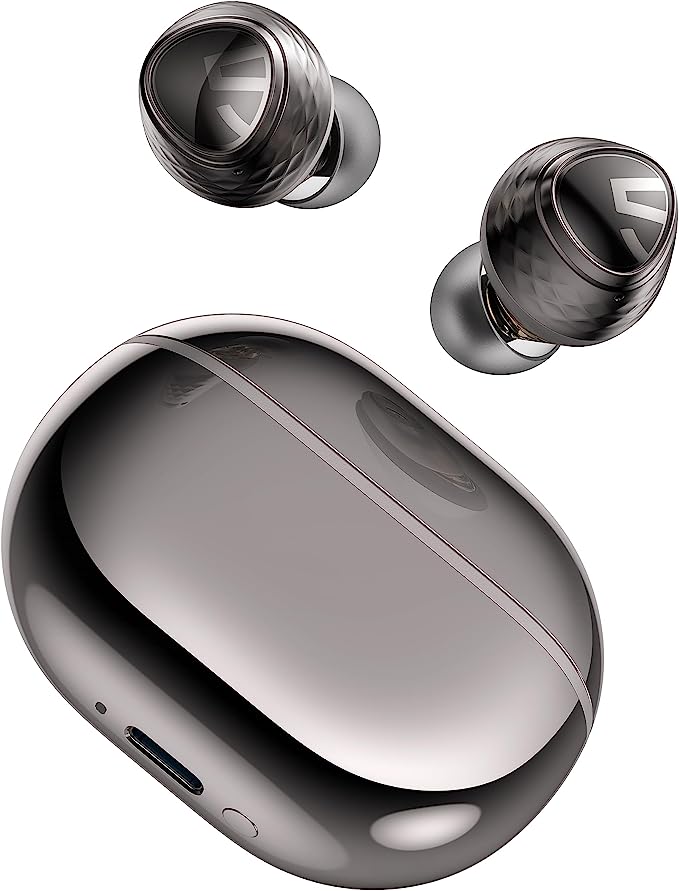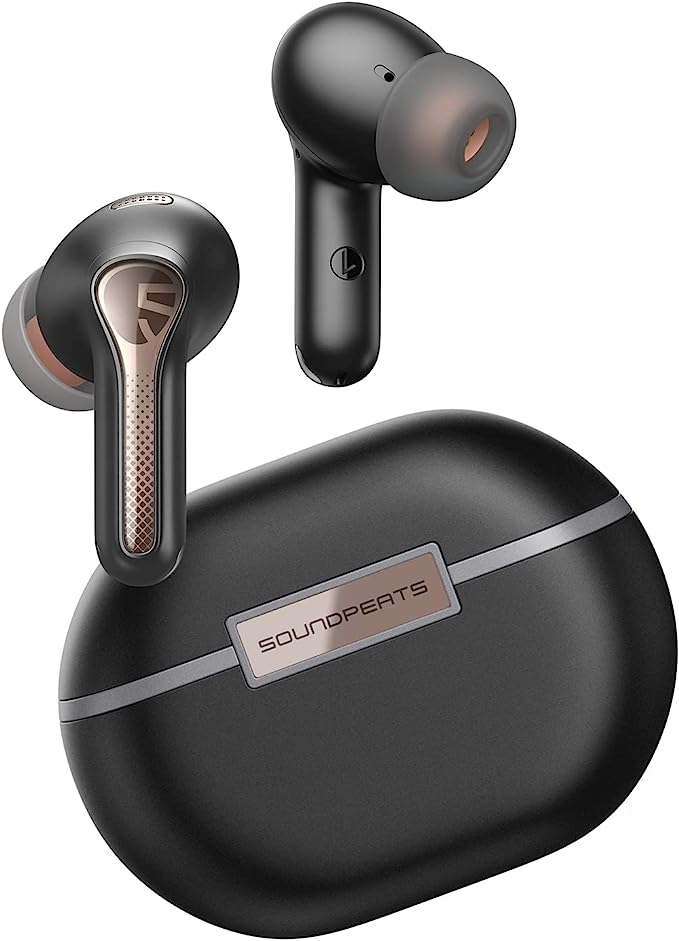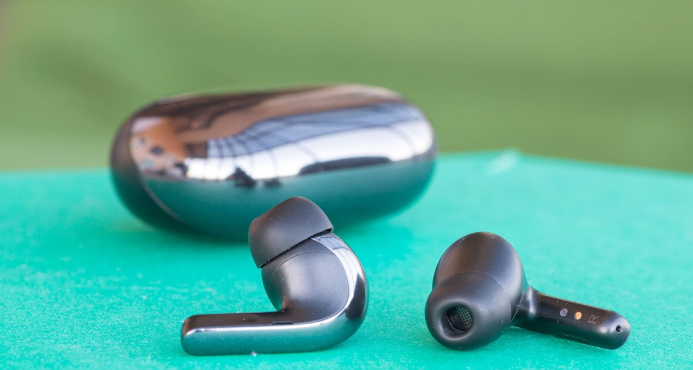V-MODA Zn 3-Button In-Ears: Crisp and Clear Sound for the Active Audiophile
Update on June 30, 2025, 3:50 p.m.
The Alchemist’s Earbuds: How V-MODA Forged Sound from Liquid Zinc
Have you ever listened to a favorite song on a pair of cheap earbuds and felt a subtle sense of disappointment? It’s not just that the bass is weak or the highs are tinny. There’s something else, a faint, hollow echo that seems to coat the music in a thin layer of plastic. This ghost in the machine is the sound of the earbud itself—its own housing vibrating sympathetically, trying to sing along with the music, and failing miserably. It’s the enemy of pure audio, a resonance that muddies details and drains life from the performance.
What if you could banish that ghost entirely? What if you could build a chamber for sound so inert, so stubbornly still, that the only thing you hear is the music, exactly as the artist intended? This is not a question of software or digital tricks. It’s a challenge of pure physics and material science. It’s a challenge V-MODA sought to answer with an element: Zinc.

The Foundation of Stillness: A Chamber of Solid Zinc
To understand the genius behind the V-MODA Zn, you must first appreciate the profound impact of an earphone’s housing. Think about striking a heavy, cast-iron skillet with a spoon. You get a dull, solid ‘thud’. The energy dissipates almost instantly. Now, strike a thin, stainless steel mixing bowl. It rings, singing with a clear, sustained tone. That ringing is resonance. In a concert hall, it can be beautiful; in a headphone, it’s a disaster.
Most headphones are made from plastic or aluminum—materials that, like the mixing bowl, have a tendency to ring within the audible spectrum. V-MODA’s solution was to turn to a material more like the cast-iron skillet. By forging the Zn’s shell from a precision zinc alloy through a patented liquid metal casting process, they created a housing with exceptional acoustic damping. Damping is a material’s inherent ability to kill vibrations by converting their energy into minuscule amounts of heat. The dense, irregular crystalline structure of the zinc alloy stubbornly refuses to vibrate, creating an acoustically dead chamber. This solid, motionless foundation is the critical first step to achieving pure sound. It ensures that the driver, not the shell, does all the talking.

The Engine of Fidelity: A Heartbeat Tuned to Perfection
With a perfectly silent stage, it’s time to introduce the performer: the 8mm dynamic driver. This is the heart of the headphone, and its specifications tell a story of ambition. Its frequency response stretches from a subterranean 2 Hz to an ultrasonic 25,000 Hz. This isn’t about hearing sounds only a bat could appreciate. This is the essence of Hi-Res Audio.
The fundamental theory of digital audio, the Nyquist-Shannon theorem, dictates that to accurately capture a frequency, you must sample it at least twice as fast. While we may not consciously hear above 20,000 Hz, the complex harmonics and overtones that give a cello its woody texture or a cymbal its shimmering decay exist in this upper range. By reproducing these ultrasonic frequencies, the Zn reconstructs a sound wave that is far closer to the original, rich analog source. It’s the difference between a standard photograph and a high-resolution image; you don’t just see more objects, you see the texture of the fabric. To ensure this engine performs with absolute consistency, each driver is tuned to a tight tolerance of +/- 2dB, a level of precision that guarantees the sound you hear is the sound that was engineered.

Sculpting the Air Itself: The Art of Acoustic Breathing
A powerful engine is nothing without control. The most subtle and masterful engineering in the Zn lies in how it shapes the air around the driver. Think of a trained opera singer; their power comes not just from their vocal cords, but from their masterful breath control.
The V-PORT system is the Zn’s version of this breath control. It’s a tiny, precisely calculated vent that acts as a miniature Helmholtz resonator. This allows the driver to move air more freely and efficiently, enabling it to produce deep, powerful, and remarkably articulate bass—a feat normally requiring a much larger driver. It’s a clever piece of acoustic physics that lets the Zn punch far above its weight.
Between this breathing system and your ear lies the acoustic filter. Described as being “Made in Italy,” its mystique is less important than its function. This component is an acoustic resistor—a delicate mesh that provides a specific amount of resistance to the airflow. It’s the final sculptor of the sound, smoothing out any sharp peaks in the frequency response and shaping the Zn’s famously energetic, V-shaped sound signature. It’s the audio equivalent of a master chef adding a pinch of a rare spice to bring a dish into perfect balance.
Finally, the experience is locked in with the BLISS 3.0 silicone tips. Their role goes beyond comfort. By creating a perfect seal, they solve a crucial problem of acoustic impedance matching. They ensure that the acoustic energy from the driver is efficiently transferred into the ear canal, preventing the low-frequency bass waves from leaking out. This seal is the equivalent of shutting the heavy doors of a concert hall—suddenly, the outside world vanishes, and the bass becomes a palpable force.
A Body Forged for Life: The Physics of Not Breaking
An instrument, no matter how beautiful it sounds, is useless if it’s too fragile for the real world. Recognizing that a “mobile audiophile” is, by definition, in motion, V-MODA engineered the Zn for survival.
The distinctive Diamondback cable isn’t just for looks; it’s reinforced with Aramid fibers. This is the same class of high-tech polymer as Kevlar®, invented by Stephanie Kwolek at DuPont and famous for its use in body armor. Its incredible tensile strength, born from its long, tightly-woven molecular chains, means the cable can withstand the snags and pulls of daily life that would kill lesser cords.
Even the plug is a lesson in applied physics. The 45-degree angled jack is a brilliantly simple solution to a common problem: stress concentration. A straight plug acts as a lever, focusing all the force of a pocket-bend onto one tiny point. A 90-degree plug just moves that stress point. The 45-degree angle, however, distributes that stress along the plug’s robust housing, drastically reducing the likelihood of failure. Some users have noted its bulk, a fair critique, but it is a deliberate trade-off, sacrificing sleekness for a much longer lifespan.

Conclusion: The Tangible Echo of Thought
From its core of silent, solid zinc to its Kevlar-infused veins, the V-MODA Zn is more than a headphone. It’s a physical argument, a tangible manifestation of first-principles engineering. It tells a story of how a deep understanding of material science, acoustic physics, and mechanical stress can coalesce into an object that not only performs its function beautifully but also endures.
In a world increasingly filled with disposable gadgets and intangible software, there is a deep satisfaction in a product where you can feel the thought, the chemistry, and the physics. The V-MODA Zn’s greatest feature isn’t its bass or its clarity; it’s the reassuring weight in your hand that whispers of a fight well-fought against the ghosts of resonance and the ravages of time.



























































